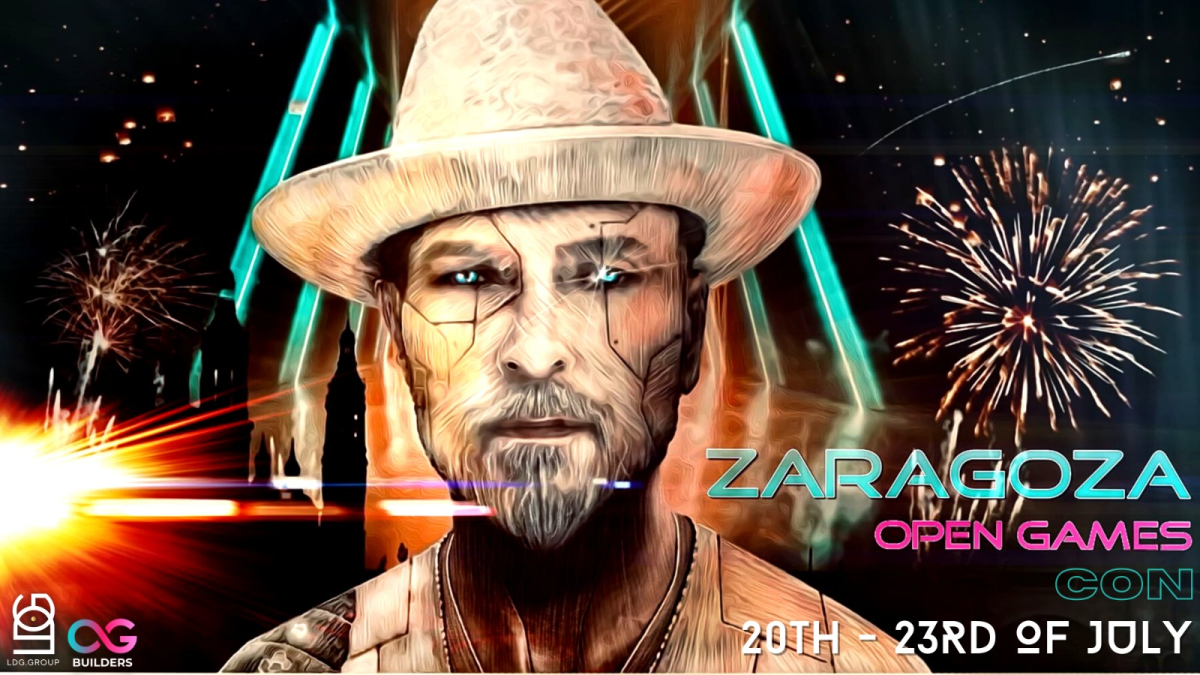NFT ecosystem benefits from Ethereum proof of stake
- NFT projects and owners cannot expect any impact on NFTs they own
- The ESG component has been a primary deterrent for environmentally conscious brands that build on Ethereum
The Ethereum Merger has taken place. The aim is to migrate the blockchain from proof-of-work (PoW) to a more environmentally friendly and theoretically more secure proof-of-stake (PoS). But what does it mean for NFT holders?
The merger will not increase network throughput and gas prices are unlikely to decrease, but the upgrade could pave the way for lower gas taxes by breaking down the line. And NFTs built on Ethereum will not be affected, experts said.
However, one implication to consider is duplicate NFTs, according to Ankush Agarwal, chief architect of Co:Create.
“The ‘old NFTs’ will be [duplicated on any forked] PoW chain and can cause some confusion if projects are not updated. All major players – Coinbase, OpenSea, LooksRare – have stated that they will only support the PoS chain, so hopefully the impact will be minimal.”
Proof-of-stake Ethereum is changing the NFT energy narrative
As a result of the merger, Ethereum’s energy consumption drops by 99.9%, which could have an impact on NFTs, as it undermines a primary narrative supported by critics of the tokens.
“There has been an incredible amount of misinformation about the energy consumption of NFTs, but this migration will put even the most vocal detractor’s concerns to rest,” said Jonathan Victor, head of Web3 and NFTs at Protocol Labs.
Some of those critics include Hollywood stars and game developers in San Francisco who are energy and environmentally conscious, according to Jack O’Holleran, CEO of SKALE labs.
SKALE’s multi-chain network works with brands and artists to create and manage NFTs on Ethereum. The first question big brands ask is whether their technology is energy-friendly, mainly because “they care about their optics,” he said.
Ethereum has been labeled as an ecosystem that is not energy friendly, which has deterred many from building NFT projects on Ethereum and turning to other chains such as Solana and Polygon. Nevertheless, Ethereum remains the largest and most popular blockchain for NFTs.
Since most industries aim for net zero emissions by 2050, the merger could bring ETH significantly closer to this goal.
Victor added that this does not solve all problems for ETH: “If people want lower gas fees, they still have to use L2s like Optimism or Arbitrum.”
In the meantime, NFT owners should be wary of hacks, scams and suspicious links asking to migrate crypto or NFTs.
Get today’s best crypto news and insights delivered to your inbox every night. Subscribe to Blockworks’ free newsletter now.



